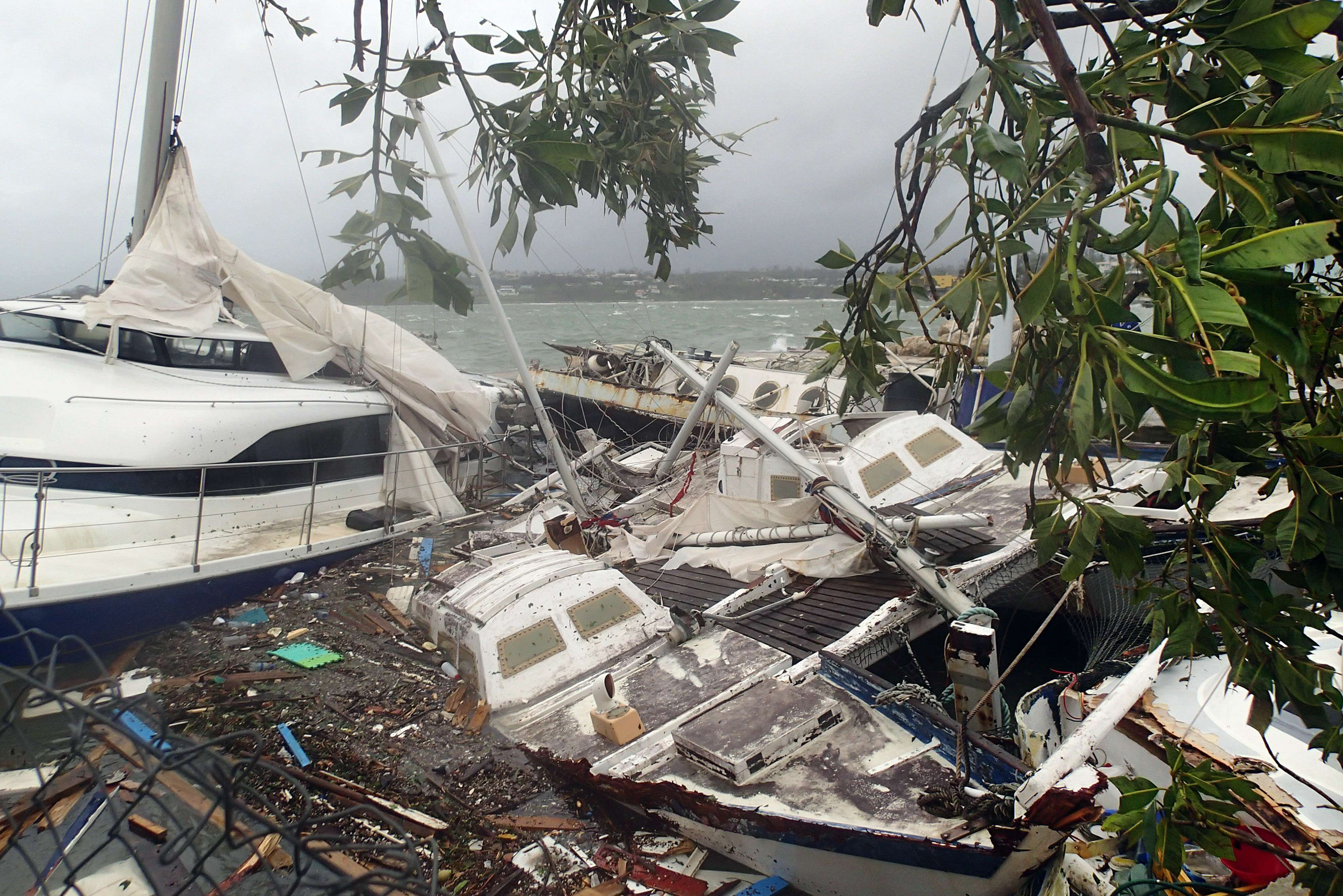Relief groups struggled to get supplies to residents living in Vanuatu’s cyclone-ravaged outer islands on Thursday, as survivors grew desperate for food and water five days after the fierce storm flattened villages across the South Pacific nation.
With power, phones and Internet still down across much of the country, officials faced logistical headaches in sorting out where to send supplies, particularly in Tanna Island, which was hit hard by Cyclone Pam’s 270 kilometer (168 mile) per hour winds. Tanna’s roads remained blocked by debris, forcing aid workers to hike across the island to inspect damage to schools and other buildings, UNICEF said.
Though the death toll from the disaster stood at 11, officials and relief teams were growing increasingly concerned about islanders’ long-term survival, with food and water scarce in the worst-hit areas and access to some of the archipelago’s more remote islands remaining difficult.
More than 100 residents on Tanna, including the elderly and a newborn, have been sheltering in a store since Friday. With no relief supplies yet to reach them, they have taken to eating fruit they find on the ground and drinking water from a creek to survive.
Planes have been carrying food, water and medical supplies to Tanna and neighboring Erromango Island for two days, and a boat stocked with canned goods, biscuits and water was expected to head to the island on Thursday or Friday. But distributing it to the island’s villages remains difficult.
UNICEF estimates that nearly 5,000 people across Vanuatu have no access to drinking water. The problem is especially worrisome on Tanna, which suffers from water shortages in the best of times.
Tanna’s water towers were knocked over by the storm and wells built close to the shore were contaminated, said Sebastian Rhodes Stampa, disaster coordinator for the UN’s humanitarian affairs office. Several more flights carrying water and water purification tablets were heading to the island on Thursday, and officials were hoping to set up water purification units, he said.
Lack of food was also a rising worry for those who survived the storm, which demolished gardens and fruit trees that locals depend on to survive.
“Everyone in Tanna and other islands in the south, they really live subsistence lives, so they grow what they need for a short period. … And the reality is that much of that would have been washed away by this storm,” said Tom Perry, spokesman for CARE Australia. “That’s a grave concern because we desperately need to get food to people soon.”
Thousands of people remained homeless, with more than 3,300 still sheltering in evacuation centers on the main island of Efate and in the provinces of Torba and Penama, according to the U.N.
Though officials were still conducting damage assessments and had yet to reach many of the outer islands, the nation appeared to have avoided mass casualties. Many locals rode out the cyclone in larger buildings such as schools and churches – a practice that relief groups have impressed upon Vanuatuans as a life-saving measure during storms.
Vanuatu is frequently battered by cyclones in the southern hemisphere’s summer months and lies along the Pacific “Ring of Fire,” where earthquakes and volcanic activities are common. Most communities have buildings designated as evacuation centers.
“A lot of people did evacuate,” said Hanna Butler, an aid worker with the Red Cross in Vanuatu. “Here in the Pacific, we know that disasters happen every year at this time.” SAPA






 WhatsApp us
WhatsApp us 

